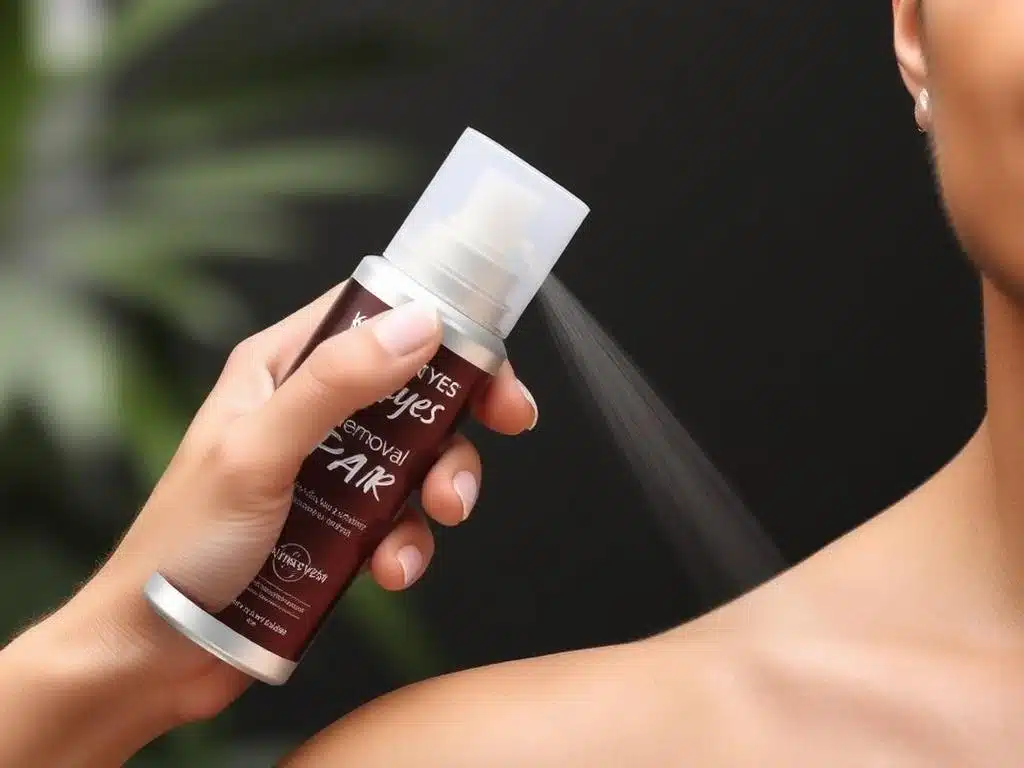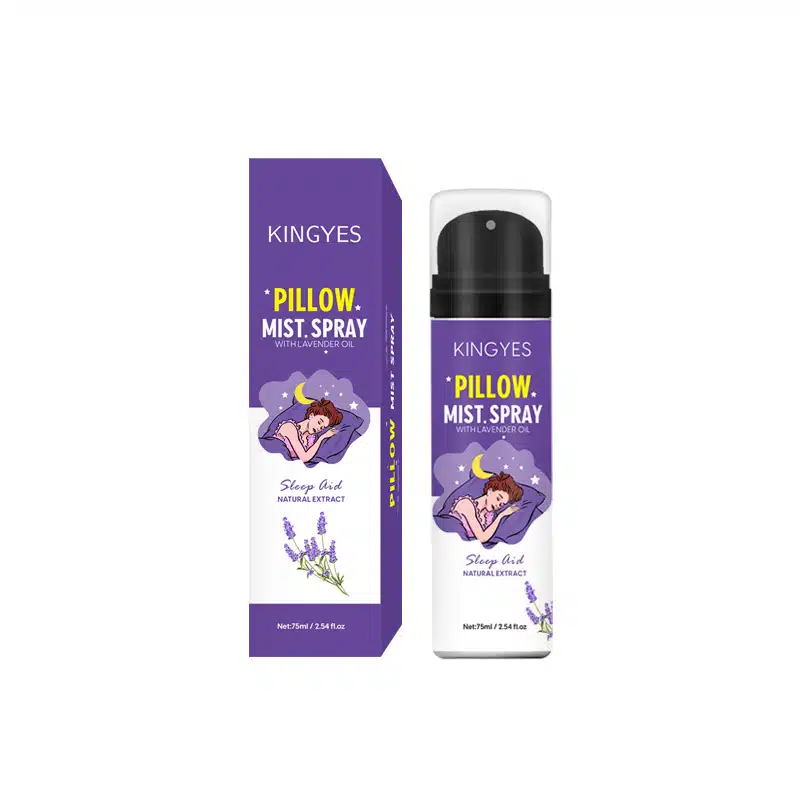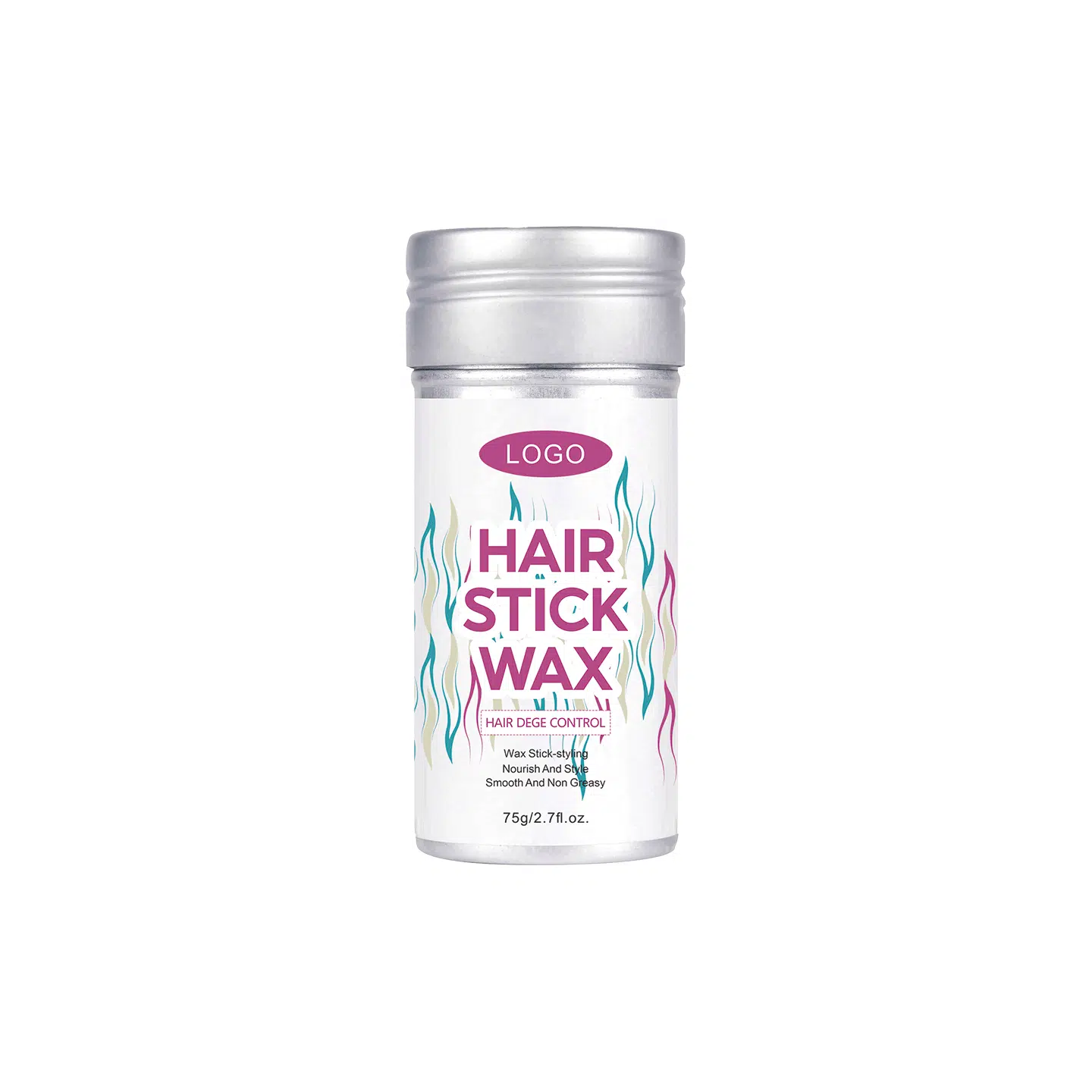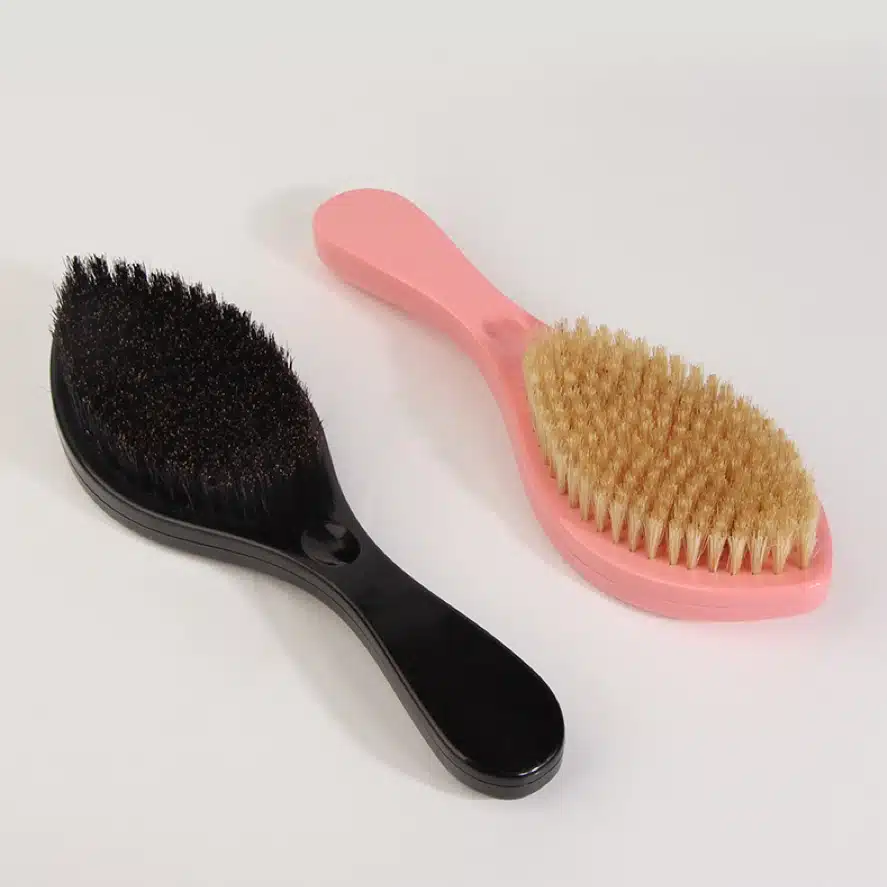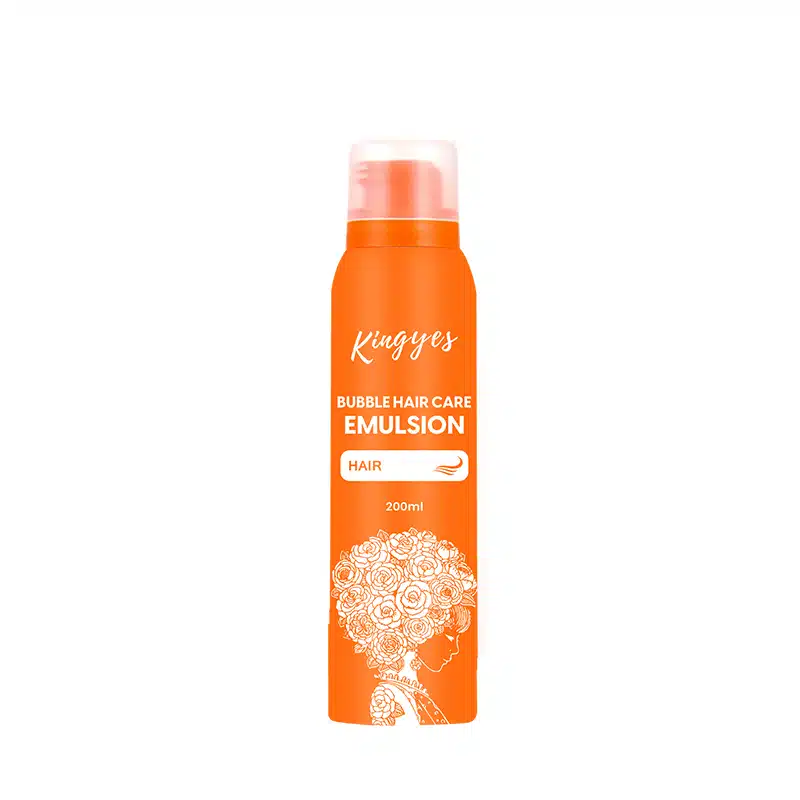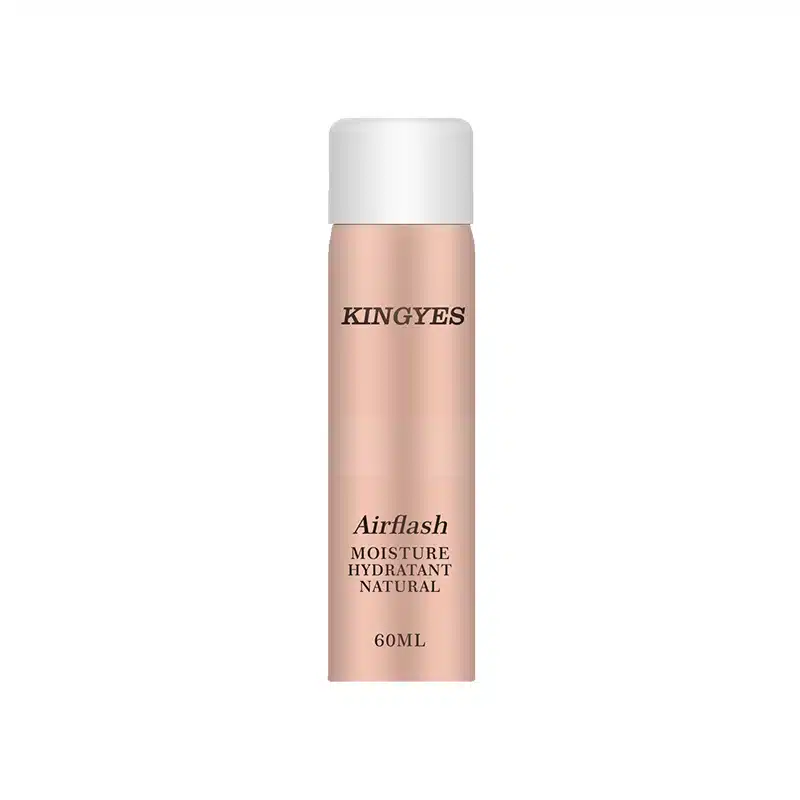
Can Hair Removal Spray Be Used On Private Parts?
Table of Contents
Is Hair Removal Spray Safe for Your Private Parts? Understanding Hair Removal Options
The quest for smooth, hair-free skin is a common one, and various hair removal methods have emerged to meet this demand. Among these, hair removal spray offers a convenient alternative to shaving or waxing. But can you safely use hair removal spray on your private parts? This comprehensive guide will explore the use of hair removal spray on sensitive areas, focusing on safety, effectiveness, and alternatives for managing pubic hair. If you’re considering hair removal in the bikini and pubic area, this article is for you, providing valuable insights and guidance to help you make informed decisions. We’ll discuss different products like hair removal cream, depilatory cream, and help you determine the best hair removal practices for your needs.
What is Hair Removal Spray and How Does it Work?
Hair removal spray, also known as depilatory spray, is a chemical hair remover designed to remove unwanted hair from the body. These sprays typically contain active ingredients like thioglycolic acid or other alkaline chemicals that work to break down the hair’s protein structure. This process weakens the hair, causing it to dissolve at the skin’s surface. Hair removal spray does not target the root, as opposed to wax, instead it works by breaking down the hair at the skin’s surface. Hair removal spray work by dissolving the protein structure of the hair. The result is a smooth surface that lasts longer than shaving, but not as long as wax.
The active ingredients in the spray penetrate the hair shaft, and then, after the recommended time, you wipe away unwanted hair. Hair removal spray leaves the skin smooth, without the nicks and cuts associated with shaving. While the process is generally considered painless, people with sensitive area or those who leave the spray on too long may experience some irritation. Hair removal spray offers a convenient hair removal solution for various body areas. Hair removal products such as sprays and creams are often used for easy and quick removal of body hair.
Can Hair Removal Spray Be Used on Private Parts?
The short answer is: it depends. While hair removal spray can be used on various parts of the body, the private area requires extra caution. The skin in the pubic area is much more delicate and sensitive than on other parts of the body. Because the skin is so sensitive, it’s best to be cautious when using any hair removal products. Hair removal spray contains strong chemicals, which can cause serious irritation, burns, or allergic reactions if used improperly or if the formula is too harsh. Most manufacturers of these sprays and creams do not advise using them on your private parts, especially in the pubic area.
If you decide to use hair removal spray in the pubic area, it’s crucial to choose a product specifically formulated for sensitive areas. Always perform a patch test on a small, inconspicuous area of skin first to check for any adverse reactions. If you experience burning, itching, or redness, discontinue use immediately and consult a dermatologist. The goal is to find a way to remove hair that minimizes the risk of irritation. Remember, what’s safe for your legs might not be safe for your private parts. You want to remove unwanted hair safely and effectively. Many people look to hair removal options that provide a quick fix for excess hair.
Understanding the Risks of Using Hair Removal Spray in the Pubic Area
Using hair removal spray on your pubic area comes with several potential risks:
Chemical Burns: The active ingredient in hair removal spray can cause chemical burns, especially if left on the skin for too long or if the formula is too strong. These burns can be very painful and may require medical treatment. The skin on the private bits is very thin and therefore, very vulnerable.
Severe Irritation: Even if you don’t experience a full-blown burn, you can still have severe skin irritation, including redness, itching, and swelling. This can be uncomfortable and may persist for days. Irritation is common, particularly for those with sensitive skin. Removing unwanted body hair safely is key.
Allergic Reactions: Some individuals are allergic to the chemicals in hair removal spray. Allergic reactions can range from mild skin rashes to more serious symptoms, such as difficulty breathing or swelling of the throat. Make sure you perform a patch test before use.
Discoloration: Hair removal spray can sometimes cause temporary skin discoloration or pigmentation changes. This is more common in individuals with darker skin tones.
Infection: If the skin is broken or irritated, it may become susceptible to infection. This can occur if you accidentally scratch or pick at irritated areas. Hair removal options often have risks and should be considered carefully.
Given the increased risks associated with using hair removal spray in the pubic area, it is essential to weigh the pros and cons carefully. There are many hair removal methods out there, so do your research to find the best hair removal solution for your needs. Removing unwanted hair can be tricky, especially in sensitive areas, which is why you must consider all options. Always proceed with caution and prioritize your health and safety.
Hair Removal Spray vs. Hair Removal Cream: What’s the Difference?
While hair removal spray and hair removal cream both use similar active ingredients to dissolve hair, there are some key differences:
| Feature | Hair Removal Spray | Hair Removal Cream |
|---|---|---|
| Application | Sprayed onto the skin | Applied with fingers, spatula, or sponge |
| Consistency | Liquid or aerosol | Creamy or lotion-like |
| Coverage | Can sometimes be uneven | Generally more even coverage |
| Messiness | Can be less messy, but prone to dripping | Can be messy if not applied carefully |
| Precision | Less precise | More precise |
| Skin Sensitivity | Can be more irritating due to the spray | Generally gentler on the skin |
Hair removal spray tends to be quicker and easier to apply, covering larger areas in less time. However, the spray can sometimes result in uneven coverage, causing some areas to be treated unevenly, and may be more prone to dripping, making it a little messier to use. Hair removal cream, on the other hand, offers more precise application and may be gentler on the skin. Cream is applied with fingers, a spatula, or a sponge, which allows you to control where the cream is applied more easily. This can be useful when trying to remove hair in a smaller or harder to reach area.
The choice between hair removal spray and hair removal cream ultimately depends on personal preference, the area of application, and your skin and hair sensitivity. For private part use, you may want to consider depilatory cream for the additional control during hair removal experience. Some creams and waxes are better suited for certain skin types and hair textures.
Safe Practices for Using Hair Removal Spray
If you decide to use hair removal spray, follow these safety guidelines to minimize the risk of complications:
Always perform a patch test: Before your first full application, apply the hair removal spray to a small area of your skin. Wait for the specified time, remove the cream, and rinse. Monitor the area for 24 hours for any signs of irritation. If no adverse reaction occurs, then you may proceed.
Choose the right product: Select a hair removal spray that is specifically designed for sensitive skin and bikini area. Avoid products that are intended for legs or other less sensitive areas. Bikini cream can be a great option for pubic hair.
Read and follow instructions carefully: Always read the manufacturer’s instructions and follow them precisely. This includes the recommended application time and aftercare advice. Many people think that the longer you leave the cream on, the better, but that is not the case.
Apply the spray evenly: Ensure the spray covers all the hair you want to remove, but avoid applying too much. A thin, even layer is best for effective hair removal. Cover all the hair. The spray should make hair removal easy, but you must apply it correctly.
Do not exceed the recommended time: Leaving the spray on for too long can result in chemical burns or severe irritation. Use a timer to ensure you don’t exceed the recommended time. Once the timer goes off, you must remove the cream immediately.
Rinse thoroughly: After removing the spray, rinse the area thoroughly with cool water to ensure all chemicals are removed. Gently pat the area dry. Avoid rubbing, as this can irritate the skin further.
Avoid using on broken or irritated skin: Do not use hair removal spray on skin that is broken, inflamed, or has an active rash. This can cause further irritation and increase the risk of infection.
Avoid using other products: For 24 hours after using hair removal spray, avoid using other potentially irritating products in the area. This includes scented lotions, soaps, and deodorants.
Keep out of reach of children: Store hair removal sprays in a secure location, away from children and pets.
By following these guidelines, you can minimize the risks associated with using hair removal spray on your pubic area. If you’re still unsure, it is best to seek the advice of a doctor.
Hair Removal Alternatives for the Pubic Area
If you’re looking for alternatives to hair removal spray, several other hair removal methods are suitable for the pubic area. Here are a few popular options:
Waxing: Waxing involves applying hot or cold wax to the skin and then quickly removing it, pulling the hair out from the root. This method provides longer-lasting results than shaving or hair removal spray, but can be more painful. You can do wax at home or visit a salon.
Sugaring: Sugaring is similar to waxing, but uses a paste made from sugar, lemon juice, and water. It is considered to be gentler on the skin than wax and can be done at home or in a salon. Nair™ spa sugar™ wax hair and spa sugar™ wax hair remover are popular choices.
Shaving: Shaving is the most common way to remove pubic hair. It is inexpensive and easy to do at home, but the results are short-lived and can lead to ingrown hair and irritation. You must use a fresh razor, moisturizing shaving cream and shave in the direction of hair growth to reduce these issues.
Trimming: Trimming involves using scissors or an electric trimmer to shorten the hair without removing it completely. This is a gentle and pain-free option, and is a good choice if you prefer not to remove the hair completely.
Electrolysis: Electrolysis is a method of permanent hair removal that uses an electric current to destroy the hair follicles. It is effective for all hair types and colours, but can be expensive and require multiple treatments.
Laser Hair Removal: Laser hair removal is another method of permanent hair removal that uses lasers to target the hair follicles. It is effective for those with dark hair and light skin, but can be less effective for individuals with blonde or gray hair.
Each method has its own advantages and disadvantages. You must consider your individual preferences, budget, and pain tolerance when choosing a hair removal option. There are many ways to rid of hair, so do your research.
Tips for Reducing Irritation When Using Hair Removal Products
Regardless of the hair removal method you choose, here are some tips to minimize skin irritation:
Exfoliate Regularly: Gently exfoliate the area a day or two before removing hair. This helps to remove dead skin cells and reduces the risk of ingrown hair.
Use a Cool Compress: After hair removal, apply a cool compress to the area to soothe the skin and reduce irritation.
Moisturize: Apply a fragrance-free, hypoallergenic moisturizer to the area daily to keep the skin hydrated and prevent dryness.
Avoid Tight Clothing: After hair removal, avoid wearing tight clothing or underwear that can rub against the treated area and cause irritation.
Avoid Perfumed Products: For at least 24 hours after removing hair, avoid using any scented lotions, soaps, or deodorants on the treated area.
Be Gentle: When cleaning the treated area, pat it dry, rather than rubbing it with a towel.
Don’t over do it: Try not to remove the hair too frequently as this can cause further irritation.
By following these tips, you can help to keep your skin smooth and healthy after hair removal. Remember to be gentle with your skin. If you experience irritation or pain, stop what you are doing and tend to your skin.
Hair Removal Spray for Men: Specific Considerations
Hair removal spray is becoming increasingly popular among men, and many brands now offer products specifically formulated for men hair removal. These products typically have stronger formulas to break down the hair, which is often thicker than that of women. These hair removers are specifically formulated for men’s body hair.
When using hair removal spray for men, it’s important to consider the same safety precautions as women and to be especially cautious when using hair removal products in the pubic area and on the private part. Men’s pubic hair is often coarser, which means the active ingredient in the spray must be stronger. Therefore, it’s even more important to perform a patch test and follow instructions carefully. Also be mindful of the risks to the private area. Some men look for a quick and easy way to remove the hair from their bodies.
What to do if you experience adverse reactions?
If you experience any adverse reactions after using hair removal spray, it’s essential to take immediate action:
Rinse Thoroughly: Immediately rinse the affected area with plenty of cool water for at least 10 minutes. This will help remove any remaining chemicals from the skin.
Stop Using the Product: Discontinue using the product immediately. Do not attempt to use it again.
Apply a Cool Compress: Apply a cool compress to the affected area to soothe the skin and reduce inflammation.
Use a Gentle Moisturizer: Apply a fragrance-free, hypoallergenic moisturizer to the area to help hydrate the skin and promote healing.
Seek Medical Attention: If the reaction is severe, or if you experience symptoms such as severe pain, blistering, swelling, or difficulty breathing, seek medical attention immediately.
Early intervention can help to minimize the severity of any adverse reaction and prevent long-term complications. Do not hesitate to see a doctor if you are worried.
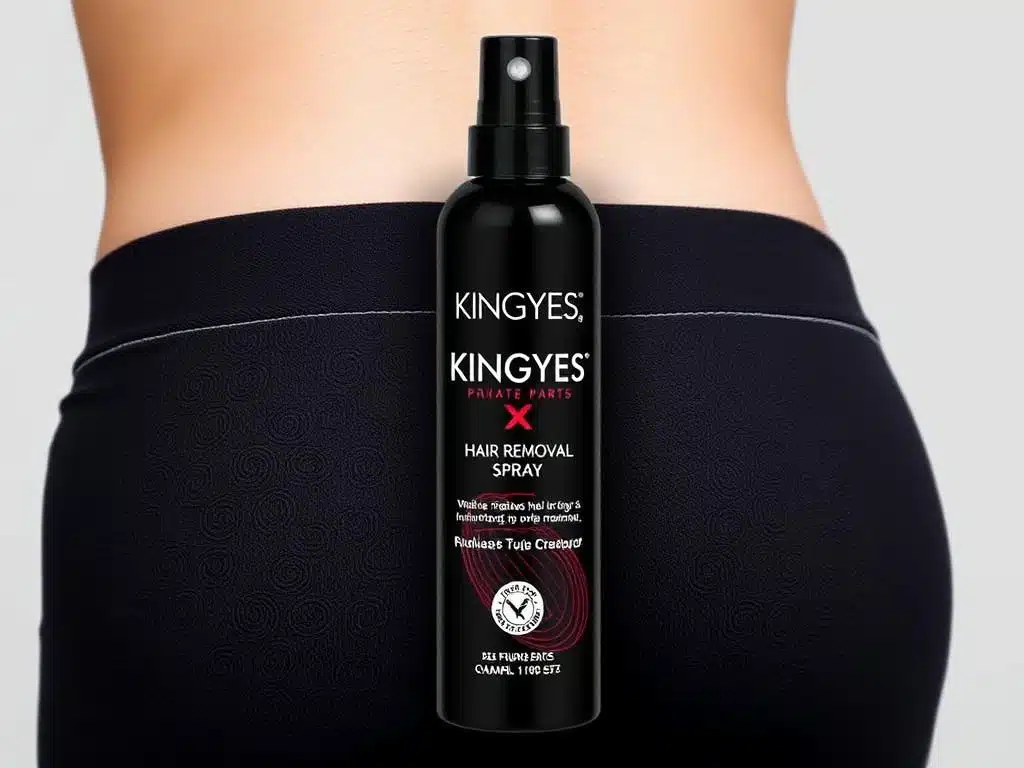
The Bottom Line: Is Hair Removal Spray Right for Your Private Area?
Hair removal spray can be a convenient hair removal option for certain parts of the body, but its use on the private area comes with significant risks. Given the sensitivity of this area, it is crucial to consider the alternatives carefully. If you choose to use hair removal spray on your pubic area, proceed with extreme caution, always perform a patch test, and follow all instructions carefully.
The best hair removal method for you depends on your individual preferences, skin sensitivity, and your comfort level. The choice to remove the hair is a personal one. Whether you decide to use wax, shaving, or cream do your research to ensure that you are making the most informed decision.
Key Things to Remember:
- Hair Removal Spray contains strong chemicals that can cause burns, irritation, and allergic reactions, especially in the delicate pubic area.
- Always perform a patch test before using hair removal spray to check for sensitivities.
- Select products specifically designed for sensitive skin and the bikini area, never use products designed for other parts of the body.
- Follow all instructions carefully, including the recommended application time.
- Do not exceed the recommended time, leaving the spray on too long can cause burns.
- Rinse the area thoroughly after use and avoid perfumed products.
- Avoid applying hair removal spray to broken or irritated skin.
- Consider alternative hair removal methods, such as waxing, sugaring, or trimming.
- Be gentle with your skin and moisturize well after using any hair removal products.
- Seek medical attention immediately if you experience any severe reactions.
Comments

What Are The Pros And Cons Of Dry Shampoo?
Ever wondered if using dry shampoo is good or bad for your hair?

How To Start An Online Business In Russia?
Russia, with its vast territory, large population, and growing internet penetration, presents exciting business opportunities for entrepreneurs, especially in the e-commerce sector.
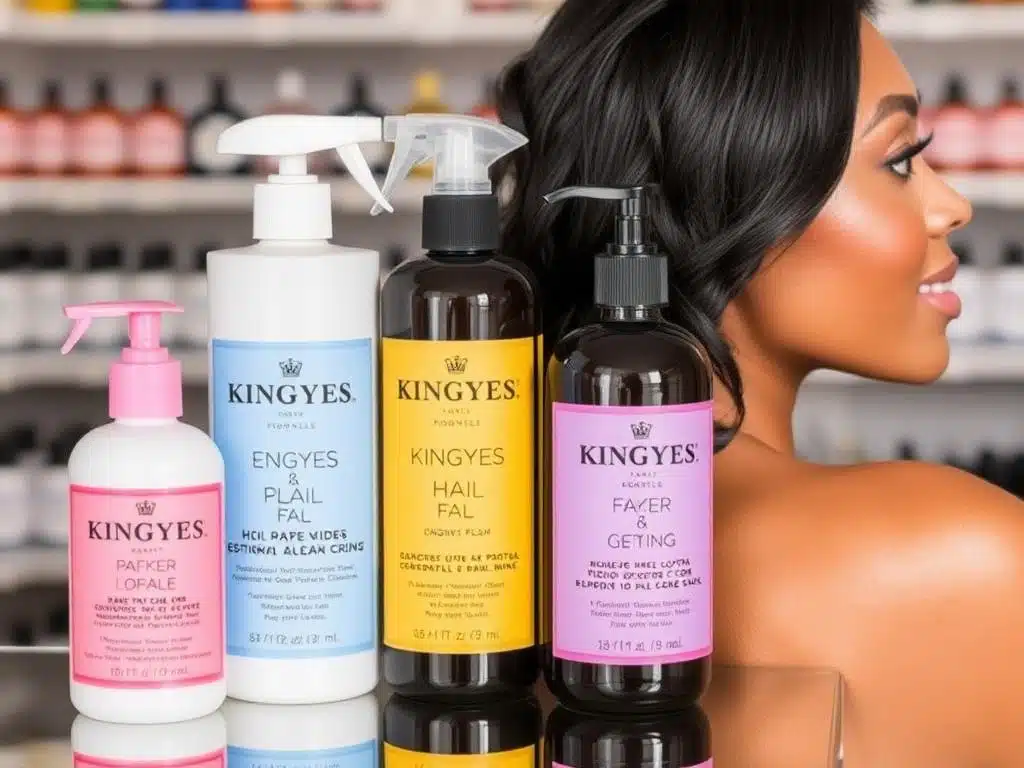
Are There Chemicals In Hair Products?
The average morning routine for many Americans includes using a variety of hair care products, from shampoo and conditioner to styling aids.
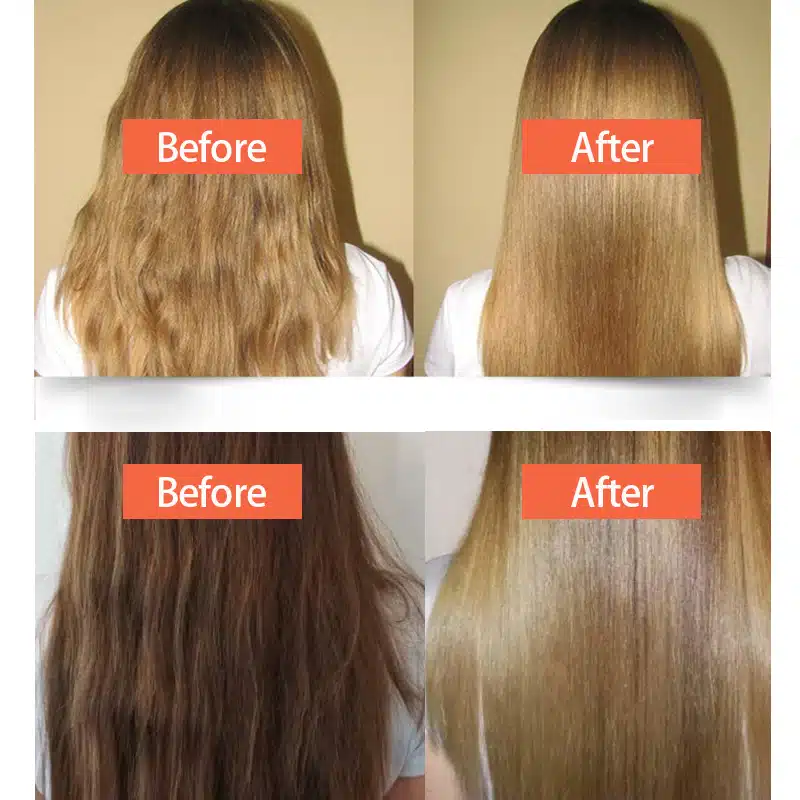
What Is The Purpose Of Using Hair Oil?
Looking to nourish your locks and achieve that coveted smooth, healthy shine?
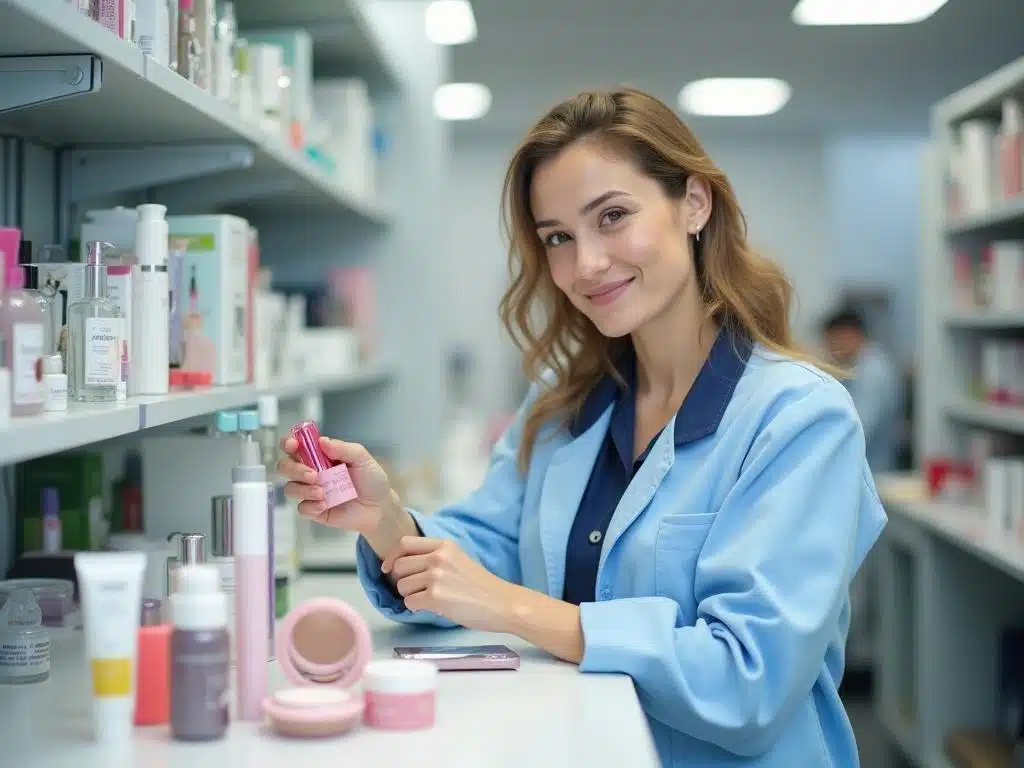
How To Cooperate With Cosmetics Factories?
In the dynamic and competitive beauty industry, partnering with the right cosmetic manufacturer is paramount to the success of your cosmetics business.
- +86 151 1839 7303
- [email protected]
- Mon-Sun 07:00-23:00
Tags
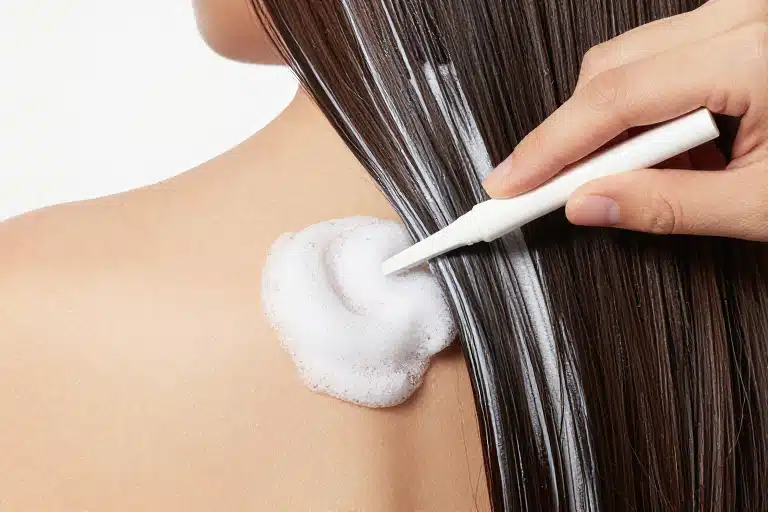
How to Get Hair Dye Off Skin: The Only Guide You Need
Picture this.
You just dyed your hair. You used a new color. It looks great. Your hair shines. You feel happy. You feel like a new person.

How Often Should You Wash Your Hair? The Ultimate Guide
The alarm rings.
You wake up. You stretch. You walk to the mirror.
You look at your hair.
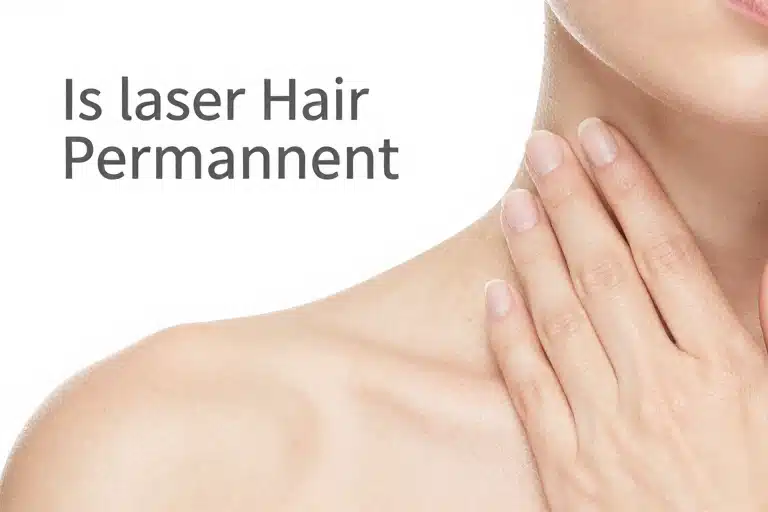
Is Laser Hair Removal Permanent? The Truth About Smooth Skin
Shaving hurts.
Waxing costs too much.
And hair keeps coming back.

